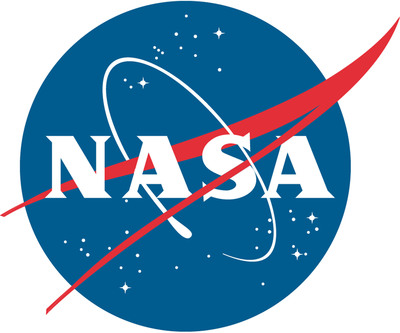WASHINGTON, Dec. 2, 2016 NASA has selected 13 university-led proposals for the study of innovative, early stage technologies that address high priority needs of America's space program.

The Early Stage Innovations (ESI) grants from NASA's Space Technology Research Grants Program are worth as much as $500,000 each. Universities have two to three years to work on their proposed research and development projects.
"NASA's Early Stage Innovations grants provide U.S. universities the opportunity to conduct research and technology development to advance NASA's scientific discovery and exploration goals," said Steve Jurczyk, associate administrator for NASA's Space Technology Mission Directorate in Washington. "Partnering with academia in advancing these critical areas of research ensures we are engaging the best and brightest minds in enabling the agency's future robotic and human space flight missions."
The proposals selected under the Early Stage Innovations 2016 solicitation address unique, disruptive or transformational technologies in a variety of areas. The 13 selected proposals for ESI grants are:
High Fidelity Modeling of Parachute Inflation Dynamics
- An Innovative High Fidelity Multidisciplinary Computational Framework for Parachute Inflation Dynamics; Stanford University, California
- Adaptive FSI (Fluid-Structure Interaction) of flexible parachutes under strong dynamic loading using strongly coupled shell mechanics and large-eddy simulation with analytical curvilinear hybrid meshing; University of Illinois at Urbana-Champaign
Modeling and Simulation-Based Certification of Additive Manufacturing Processing Parameters
- Modeling of Microstructure Formation in Additively Manufactured IN718 with Emphasis on Porosity Prediction; Carnegie Mellon University, Pittsburgh, Pennsylvania
- Prediction of Microstructure Evolution in DMLM (Direct Material Laser Melting) processed Inconel 718 with Part Scale Simulation; University of Pittsburgh, Pennsylvania
- Certification of Additive Manufacturing Processing Parameters through Physics-Based Predictive Simulation of Process-Defects-Microstructure; The Ohio State University, Columbus
Electric Propulsion Physics Theory and Model Development
- Modeling of the Nanometric Regime of Cone-Jets to Improve the Design and Understanding of Electrospray Thrusters; University of California, Irvine
Modeling Radiation Failure Mechanisms in Wide-bandgap Semiconductor Materials to Power Devices
- Modeling, Testing, and Simulation of Heavy-Ion Basic Mechanisms in Silicon Carbide Power Devices; Vanderbilt University, Nashville, Tennessee
- Development of 2-D and 3-D transient electro-thermal computational models to predict the radiation failures in SiC (Silicon Carbide)-based Schottky diodes and power field-effect transistors (FETs); Rensselaer Polytechnic Institute, Troy, New York
Advanced Telescope Architecture Technologies and Optical Components
- Laser Guide Star for Large Aperture Segmented Space Telescopes; Massachusetts Institute of Technology, Cambridge
- High Spatial and Temporal Frequency Active Surfaces for Diffraction Controlled Telescopes; California Institute of Technology, Pasadena
Autonomous Planning for Human Spaceflight
- Technologies for Mixed-Initiative Plan Management for Human Space Flight; Georgia Institute of Technology, Atlanta
- Explicable Planning and Re-planning for Human-in-the-loop Decision Support; Arizona State University, Tempe
- Explainable and Scalable Planning with Probabilistic Temporal Logic Specifications; University of Texas at Austin, Texas
The goal of the Space Technology Research Grants program is to accelerate the development of space technologies in their earliest stages to enable future systems capabilities and missions for NASA, other government agencies and the commercial space sector.
The program is funded by NASA's Space Technology Mission Directorate, which is responsible for developing the cross-cutting, pioneering, new technologies and capabilities needed by the agency to achieve its current and future missions.
For more information about NASA's Space Technology Research Grants Program, visit:
For more information about the Space Technology Mission Directorate, visit:
Logo - http://photos.prnewswire.com/prnh/20081007/38461LOGO
To view the original version on PR Newswire, visit: http://www.prnewswire.com/news-releases/nasa-announces-early-stage-innovation-space-technology-research-grants-300372217.html
SOURCE NASA
| Contact: |
| NASA
Gina Anderson, Headquarters, Washington, 202-358-1160 Email Contact Web: http://www.nasa.gov |








